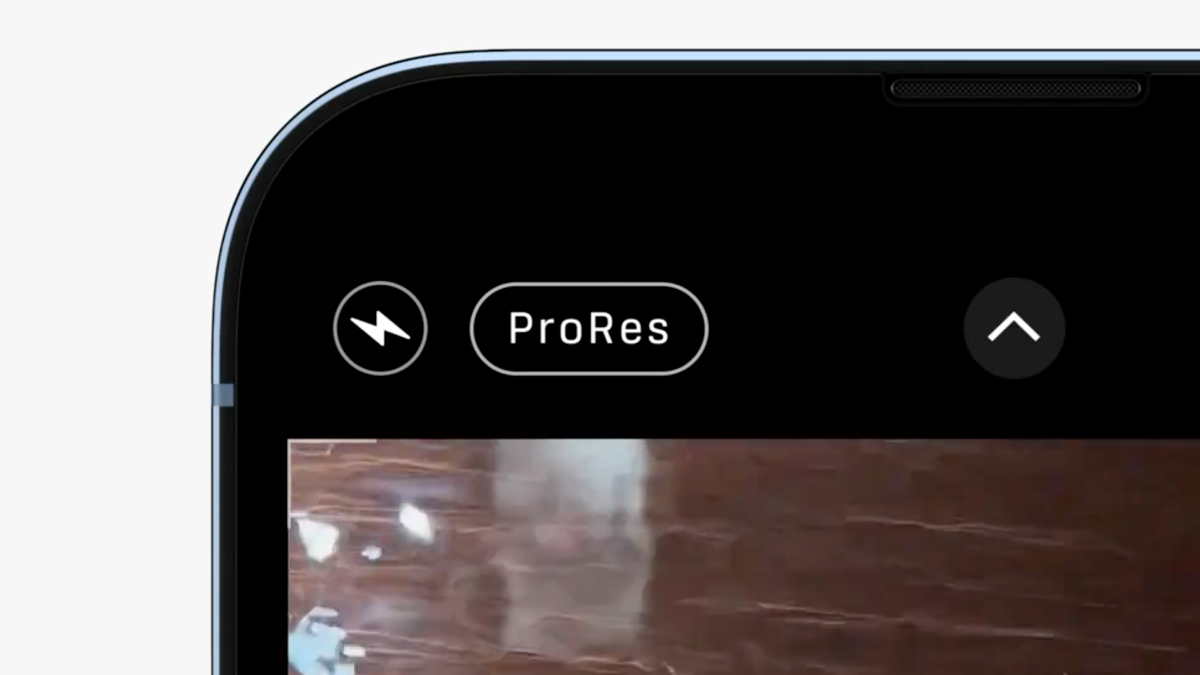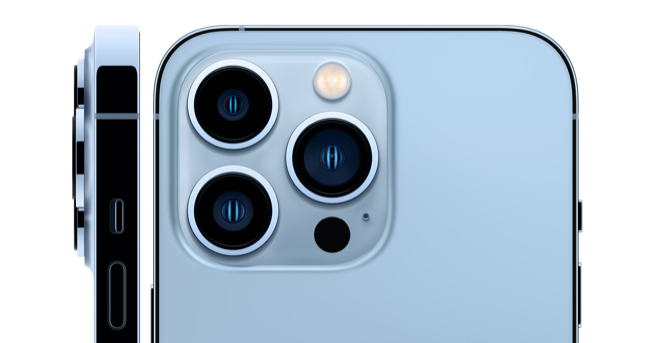Quick Links
Debuting on the iPhone 13 Pro soon after launch is a feature that enables the device to capture video in Apple's ProRes format. So what does this mean, and what are the benefits and drawbacks of filming in this format?
What Is ProRes?
ProRes is a video codec, like H.264 and H.265 that are used by the majority of smartphones and digital cameras. The format first emerged way back in 2007 and has since made it into many professional workflows.
Unlike the H.265 (HEVC) codec Apple currently uses to capture video, ProRes allows you to capture higher video quality at the cost of storage space. It's a stop-gap between uncompressed video (which is prohibitively large) and modern codecs used by services like YouTube and Netflix which are designed to preserve as much bandwidth (or space) as possible.
ProRes retains more detail in a video file, particularly when it comes to color information. This provides greater freedom when it comes to editing and grading your video. It allows you to trade storage space for higher quality video compared with using H.265 or similar.
Apple designed the ProRes format with speed in mind, with the format aiming for fast encoding but also fast decoding when you get the footage into a video editor. Apple's January 2020 ProRes whitepaper states that:
The ProRes family of codecs is designed for speed ... ProRes decoders are designed to work especially well as high-quality, high-performance editing codecs for Final Cut Pro X. Not only are they fast for decoding video at full frame size and quality, but they are even faster at decoding frames at "half-size" frame (1/2 height and 1/2 width)
In addition to higher quality video and faster encoding and decoding, the ProRes format enjoys excellent compatibility with Apple's professional editing suite Final Cut Pro X, as well as Adobe Premiere and DaVinci Resolve.
4K ProRes on iPhone Requires at Least 256GB Storage
If the idea of ProRes on an iPhone excites you, you should be aware that you'll need an iPhone 13 Pro (or Pro Max) or later with at least 256GB capacity to capture 4K footage at 30 frames per second. While the 128GB iPhone 13 Pro can capture ProRes, this is limited to 1080p at 30 frames per second.
Apple hasn't said an awful lot about ProRes on the iPhone beyond the initial announcement on September 14, 2021, but the company has confirmed that the iPhone 13 Pro will be able to edit and export footage, in addition to recording it.
As previously stated, the iPhone 13 Pro won't ship with ProRes support when it launches on September 24, 2021. The feature will be added via an iOS update at a later date, with Apple merely hinting that ProRes support is "Coming Soon".
For Creatives and Professionals
While ProRes support is nice to have, the sheer file size makes it an unsuitable format for most users who use their iPhones for capturing day-to-day video. A minute of ProRes HQ shot on a Blackmagic Design Pocket Cinema Camera at 1080p takes up around 1.3GB, while the same codec at 4K exceeds 5GB per minute.
If you opt for the iPhone 13 Pro for its superior video capture abilities, make sure you brush up on your iPhone video editing skills too.


